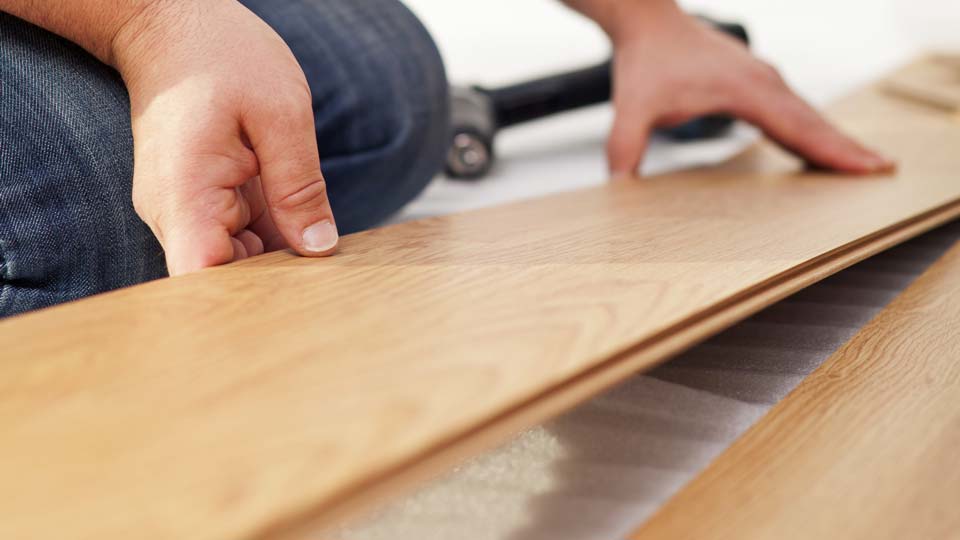Floating Vs. Nail-Down / Glue-Down Wood Floors
Hardwood floors can be installed in one of several ways. Depending on the type of flooring you are installing and the type of subfloor you have, a professional hardwood floor installer can help you decide on the best application method. With the glue-down method, wood planks are glued directly onto the subfloor. This method works best for engineered hardwood floors as well as Luxury Vinyl Planks. The nail-down approach involves nailing or stapling wood planks to the subfloor. This approach can only be used with wooden subfloor and is mostly used for solid hardwood floor installation.
The floating method of installing wood floors has both pros and cons. Floating floors are easier to install than nail and glue down floors. Planks are pieced together like a puzzle without the use of any adhesive. Floating floors allow for the wood planks to expand and contract when there are variations in humidity and dryness. They are contained by the wall boundaries rather than by how they are affixed to the subfloor.
On the downside, floating floors are prone to quicker wear and tear. They are usually made of planks that are thinner (like engineered wood floors) and cannot be sanded or can only be sanded once or twice during their lifespan. Another downside to floating floors is that they can be more noisy and hollow sounding than traditional nail-down / glue-down wood floors. To reduce noise, installing a cork underlayment is recommended. Floating floors are usually made of laminate, luxury vinyl tile or engineered wood floors.
